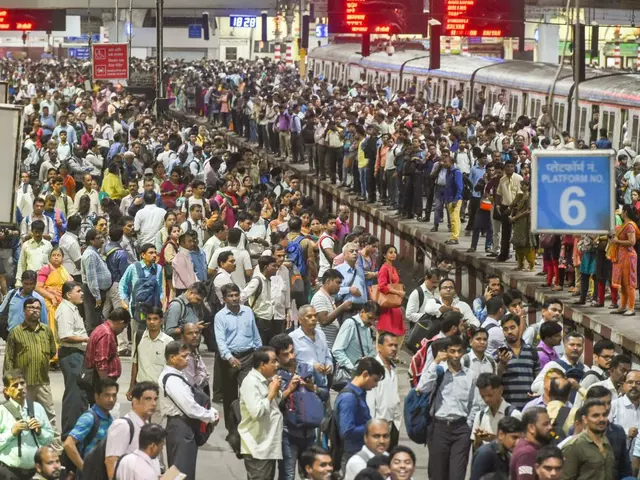Google goats – Understanding India’s Hottest Online Trends
When exploring Google goats, the most searched, shared, or talked‑about topics that dominate Google trends you’ll quickly see how they mirror what people care about across India, a nation with a massive online audience and diverse interests. Google goats encompasses the cultural pulse, requires robust search‑data analysis, and influences everything from newsrooms to brand strategies. By tracking these peaks you get a front‑row seat to the stories that shape daily conversations.
One of the strongest drivers behind Google goats is sports, high‑profile events and athletes that generate massive search spikes. The US Open victory by Aryna Sabalenka, for example, sent search volumes soaring as fans scrambled for scores, highlights and player stats. Tennis, cricket, and football all generate similar bursts, turning match days into digital hotspots. These sports‑centric spikes not only boost news traffic but also feed into merchandise sales, betting platforms and social media chatter.
Political moments also sit high on the Google goats list. The ongoing debate around the Citizenship Amendment Act (CAA) sparked a flood of queries, ranging from legal implications to public protests. When Prime Minister Modi reaffirms his stance, the search engine reflects the surge with related articles, opinion pieces and live updates. Such political spikes illustrate how policy decisions instantly become part of the online lexicon, shaping public discourse and influencing future coverage.
Media, News Channels and Tech Impact
Media outlets themselves become Google goats when they break stories that capture national attention. Rankings that crown Republic TV as the best news channel of 2020 or the rise of Dainik Bhaskar as the most popular Hindi newspaper online are perfect examples. These media‑driven trends illustrate the feedback loop: strong viewership fuels search interest, which in turn drives even higher ratings. At the same time, technology trends—like the increasing use of AI for news personalization—add another layer, turning algorithmic recommendations into search spikes.
Social issues such as India’s population growth, life expectancy gaps and the perception of the country as “unfavorable” also generate sustained search interest. People look up stats on average living age, urban‑rural health differences, and the economic challenges facing millions. These topics often converge with policy discussions, creating multi‑dimensional Google goats that span health, economics and sociology.
Business news rounds out the picture. Tata’s potential role in reviving Air India sparked a wave of searches about corporate strategy, airline restructuring and financial backing. Readers wanted to know if the historic brand could lift the struggling carrier back into the skies. Such corporate turnarounds are classic Google goats because they blend brand loyalty, industry dynamics and national pride.
All these strands—sports victories, political debates, media rankings, technology shifts, social statistics and corporate moves—intersect to form a vibrant map of Google goats for India. Below you’ll find a curated collection of articles that dive deeper into each of these areas, giving you the context and detail you need to stay ahead of the curve.





